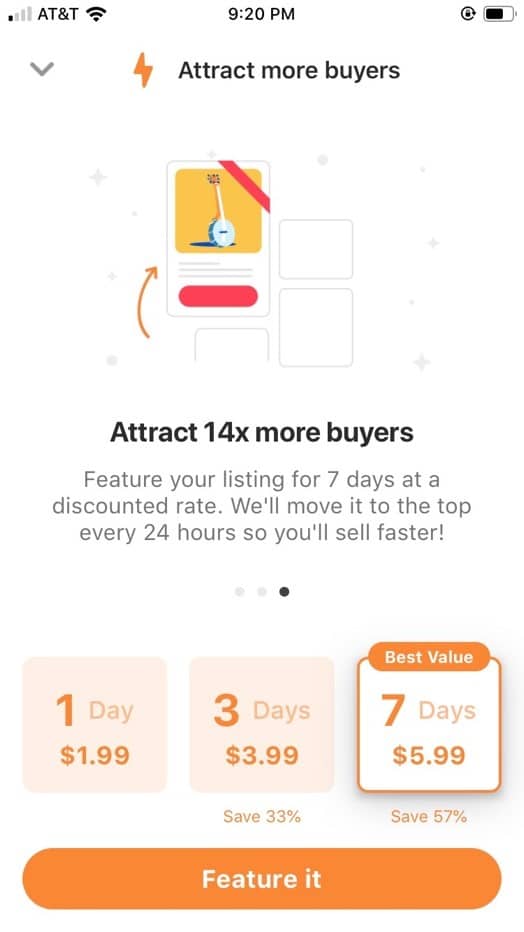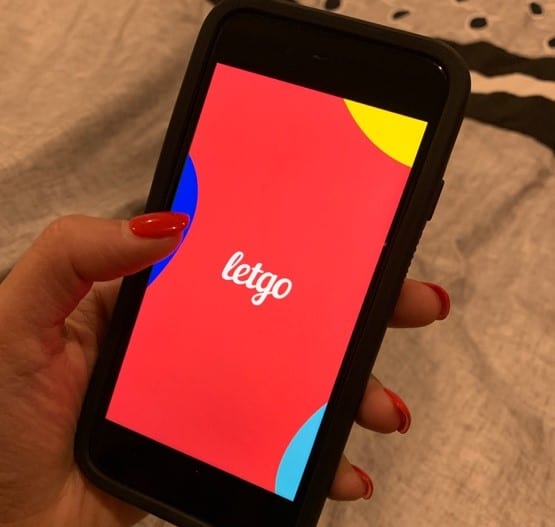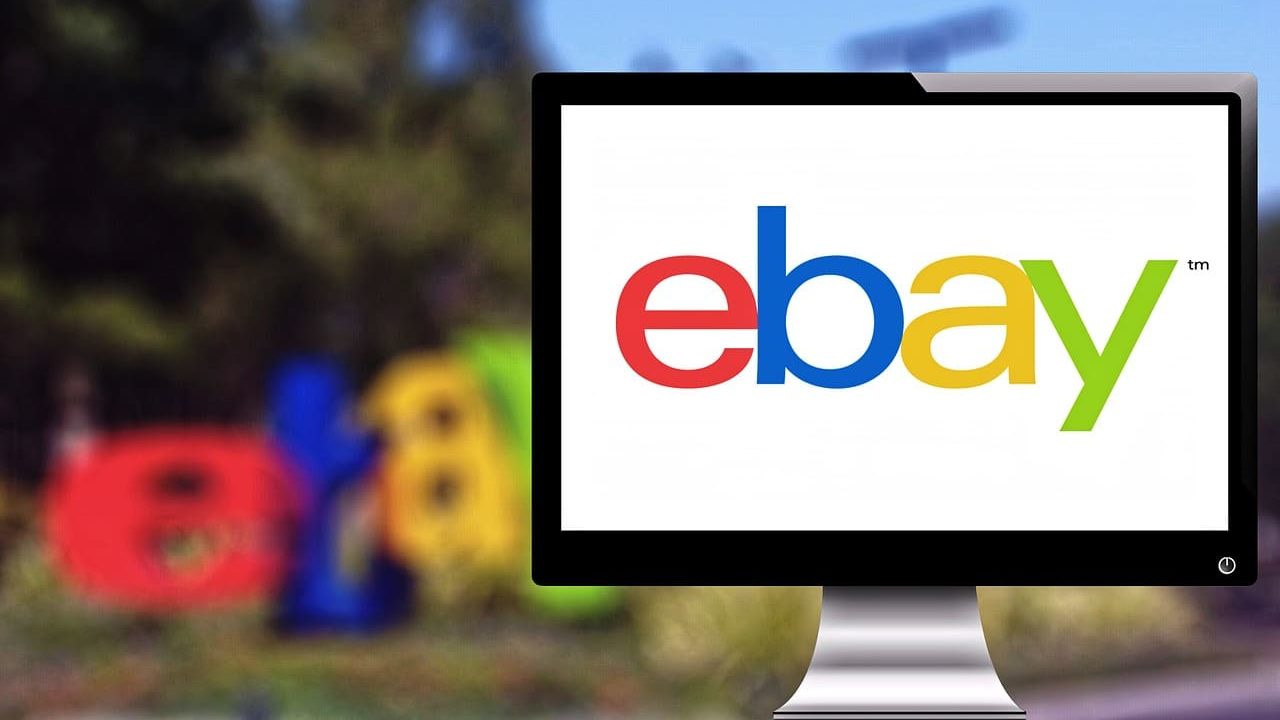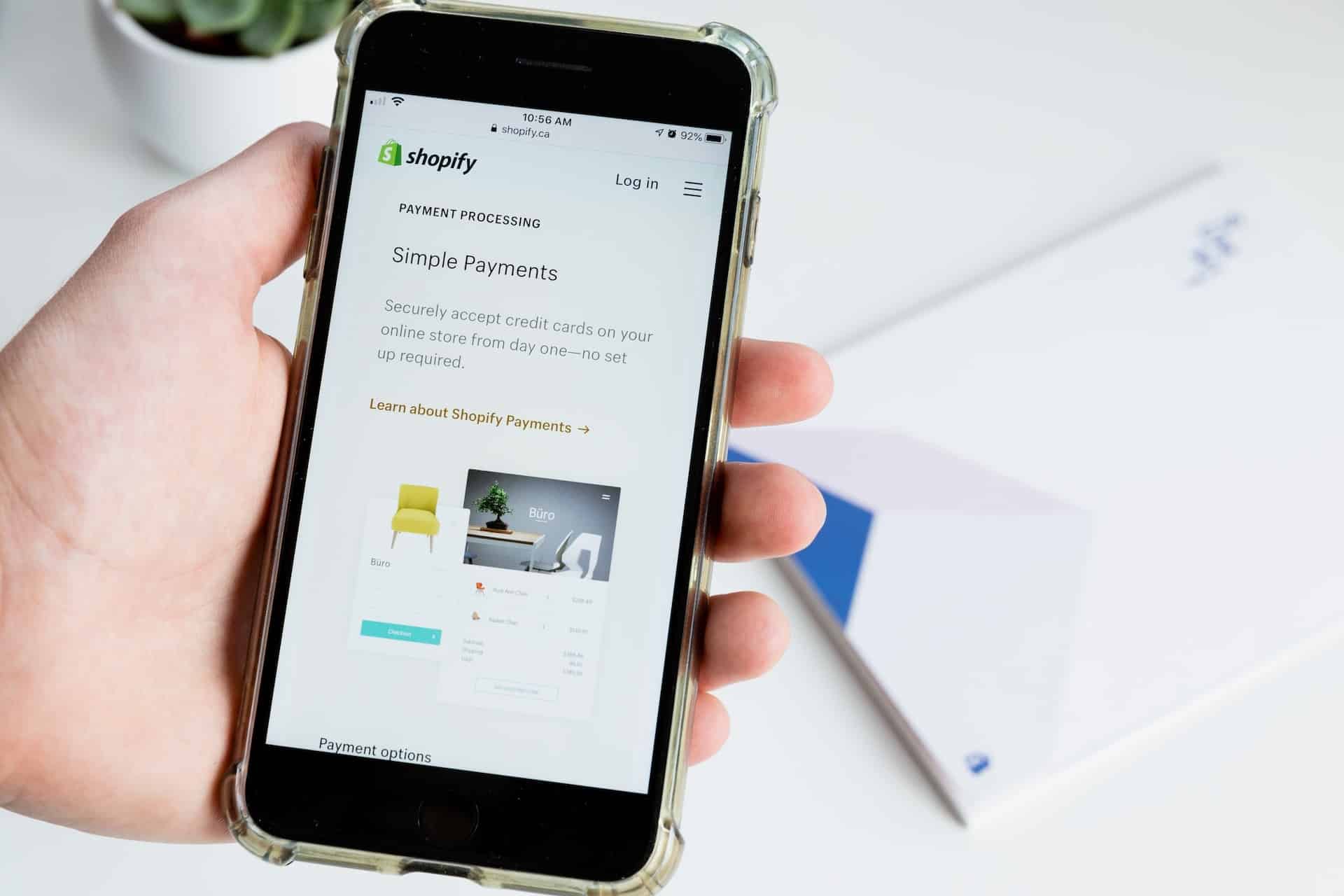Company: Letgo
CEO: Enrique Linares Plaza
Founders: Alec Oxenford, Enrique Linares Plaza, and Jordi Castello
Year founded: 2015
Headquarter: New York, New York
Number of Employees (Dec 2018): 270+
Type: Private
Downloads (Dec 2018): 100 Million
Valuation(Dec 2018): $1.5 Billion
Annual Revenue (Dec 2018): Estimated $5M
Profit |Net income (Sept 2019): $3.65 billion
Products & Services: App and Website that Facilitates Buying and Selling of Used Goods
Competitors: OfferUp | Carousell | Mercari | eBay| Craigslist | OLX | Facebook Marketplace
Fun Fact:
Did you know that Letgo is the only app with advanced image recognition technology that automatically titles and categorizes your listing for you?
About Letgo
Letgo is a mobile app that enables people to buy and sell used items within their local area. There are no limits to what you can sell on Letgo (although there are a few, as listed on their website under Prohibited Items).
Users can list items anywhere from clothes and electronics to furniture and cars. You can even post apartments available for rent or a house for sale.

How Letgo works
- Sellers list an item on Letgo app
- A buyer in their area contacts the seller
- The buyer and seller agree on a meeting place and payment method, then meet up to exchange the item
Letgo’s growth thus far
Letgo has seen impressive growth since it first launched in 2015. According to Letgo’s website, the app now has 100 million downloads and 400 million listings, making it the largest app for local buying and selling in the U.S.
And an estimated 20 million users are active on a monthly basis. By comparison, Letgo’s closest competitor, OfferUp, has accumulated 80 million downloads.
Furthermore, an estimated volume of 500,000 items are listed on Letgo daily, with 100,000 items sold each day. The app’s staggering success is also reflected in its net worth; as of 2018, the company was valued at approximately $1.5 billion.
How does Letgo make money?
Unlike many other apps of its kind, Letgo doesn’t take a percentage of users’ sales. For instance, eBay, one of Letgo’s primary competitors, charges sellers 10% of the value of the item sold for most categories, and even 12% for music, movies, and books.
Mercari charges sellers a 10% fee on items sold, while OfferUp charges a 7.9% fee. eBay, Mercari, and OfferUp all charge payment processing fees in addition to a commission fee on the item sold.
So how does Letgo make money without charging its sellers for a percentage of their sales or for processing payments?
Well, the app uses a couple of other revenue models in order to generate a profit, on top of raising funds from investors.
Below, we breakdown each of Letgo’s revenue streams:
1. Freemium Model
- Free to download, buy and sell
- Offers in-app purchases, including the option to feature listings and boost visibility
Letgo’s primary revenue model is the freemium model. This means that Letgo allows people to sign up for the app and list their products for free, which allows the app to quickly build a large user base.
2. In-App Purchases
Instead of making money from app downloads or sales, Letgo offers in-app purchases – optional features that users can purchase to draw attention to their listings and sell their items quicker.
For instance, users can pay to ‘feature‘ a listing, which will place the listing at the top of users’ feeds and highlight it with a special ‘Featured’ ribbon.
It will also add a button that allows buyers to easily contact the seller in a single tap. Sellers have the option to feature their listing for 24 hours, 3 days, or 7 days.

So, while the core of the app’s functionality – buying and selling – is free, users have numerous opportunities to pay for special features that will enhance their experience on the app.
Again, this business model is a clever way to acquire wide usage of the app and increase brand awareness in the early stages of the business, as consumers are much more likely to try something out when it’s free.
Furthermore, it allows Letgo to attract users with a wide variety of income levels and spending habits. Letgo’s in-app purchases range from just $0.99 all the way to $44.99, so the app offers plenty of options to users and generates plenty of revenue for its shareholders.
3. Subscription Model
- Super Boost monthly subscription automatically features listings daily
- Letgo PRO monthly subscription allows car dealers to list vehicles and receive advanced features
In addition to one-time purchases within the app, Letgo also generates revenue by offering users the option to upgrade and pay a monthly subscription fee for premium features.
Super Boost Subscription
Firstly, Letgo offers the ‘Super Boost’ monthly subscription, which will automatically feature one of a subscriber’s listings each day, every day. When in Super Boost mode, the app chooses a subscriber’s listing that has the “best chances of selling” and will feature it for 24 hours.
Letgo PRO Subscription
Letgo offers another monthly subscription, though this one targets car dealers. The app recently introduced ‘Letgo PRO,’ a subscription that allows auto dealers to list their cars on Letgo and reach the app’s 100 million users.
The Letgo PRO subscription comes with an exclusive messaging system that provides dealers with more in-depth details about their prospective buyers, allowing them to garner better leads.
There are three different Letgo PRO subscriptions, ranging from $99 a month to $599 per month, depending on the size of the inventory.

4. Investor Funding
Lastly, Letgo helps fund its operations by raising capital from investors.
- The company raised $100 million in its first year of inception, which made it into the top 5 largest rounds of venture capital financing since 2008.
- Then, the company raised another $100 million in 2016 after merging with Wallapop, another mobile classified app for buying and selling locally.
- Now, after five rounds of funding, the app has raised a total of $975 million in investor capital, including $500 million from Naspers in August 2018.
Letgo’s competitive advantages
- Freemium model
- Strong marketing strategies
- Unique app features
Freemium model
Letgo’s free-to-sell model is one of its top competitive strengths, considering its one of the only apps of its kind that doesn’t take away some of its sellers’ profits. However, that’s not the only thing that helps Letgo stand out.
Strong marketing strategies
The company also has a strong branding and marketing strategy, including a humorous ad campaign depicting moments when letting go is clearly the best decision (like holding a bowling ball when hanging on to a cliff for dear life).
Unique app features
The app itself has several unique and entertaining features, such as a feature that allows users to easily create over-the-top, blockbuster-style video listings to help sell their items. The app’s image recognition and artificial intelligence capabilities also make listing and selling items a breeze.
Conclusion
If Letgo’s highly prosperous first 4 years of operation are anything to go by, the company’s business model is a great strategy to implement for other apps looking to enter the classifieds marketplace. Backed by high profile investors and armed with an effective growth strategy, the app shows no signs of slowing down in the near future.
Tell us what you think? Did you find this article interesting?
Share your thoughts and experiences in the comments section below.












Add comment